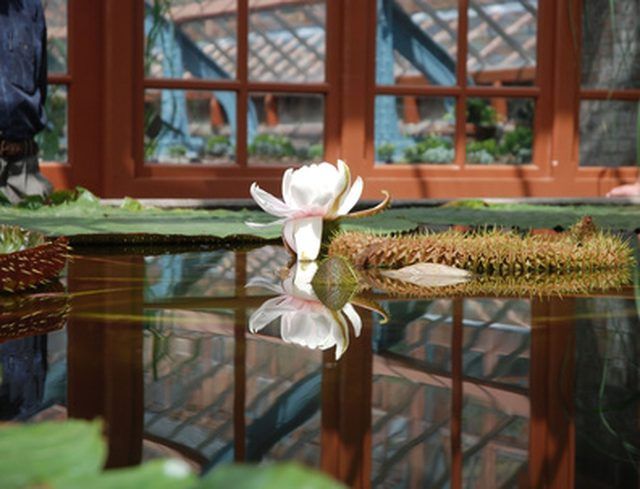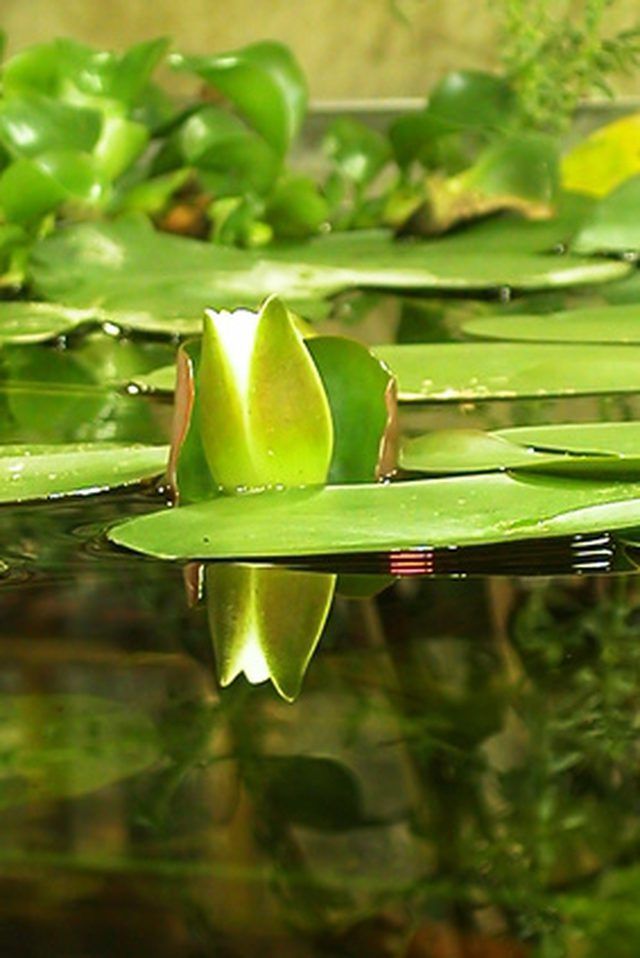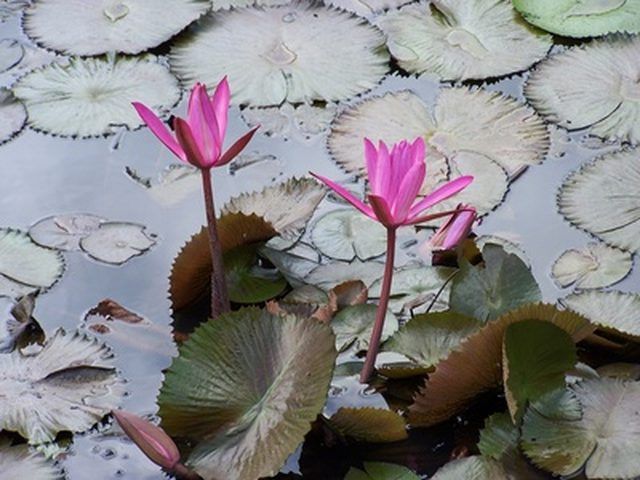Bulbs
Flower Basics
Flower Beds & Specialty Gardens
Flower Garden
Garden Furniture
Garden Gnomes
Garden Seeds
Garden Sheds
Garden Statues
Garden Tools & Supplies
Gardening Basics
Green & Organic
Groundcovers & Vines
Growing Annuals
Growing Basil
Growing Beans
Growing Berries
Growing Blueberries
Growing Cactus
Growing Corn
Growing Cotton
Growing Edibles
Growing Flowers
Growing Garlic
Growing Grapes
Growing Grass
Growing Herbs
Growing Jasmine
Growing Mint
Growing Mushrooms
Orchids
Growing Peanuts
Growing Perennials
Growing Plants
Growing Rosemary
Growing Roses
Growing Strawberries
Growing Sunflowers
Growing Thyme
Growing Tomatoes
Growing Tulips
Growing Vegetables
Herb Basics
Herb Garden
Indoor Growing
Landscaping Basics
Landscaping Patios
Landscaping Plants
Landscaping Shrubs
Landscaping Trees
Landscaping Walks & Pathways
Lawn Basics
Lawn Maintenance
Lawn Mowers
Lawn Ornaments
Lawn Planting
Lawn Tools
Outdoor Growing
Overall Landscape Planning
Pests, Weeds & Problems
Plant Basics
Rock Garden
Rose Garden
Shrubs
Soil
Specialty Gardens
Trees
Vegetable Garden
Yard Maintenance
Water Lilies Root Structure
Water Lilies Root Structure. Water lilies have spreading rhizomes and roots that anchor the plant deep in the mud of still, fresh surface water. The roots take up nutrients, as well as small reserves of water. They do not need to take up large reserves of water since the plant is submerged; the underside of the leaves can also take up water.

Water lilies have spreading rhizomes and roots that anchor the plant deep in the mud of still, fresh surface water. The roots take up nutrients, as well as small reserves of water. They do not need to take up large reserves of water since the plant is submerged; the underside of the leaves can also take up water.
Hardy Water Lily
When the stems, leaves and flowers of the hardy water lily are hit by frost and die, the root remains safely anchored under water, where the temperature does not go below freezing. The plant re-emerges completely anew from the roots each spring, provided the entire water basin did not freeze solid.

Tropical Water Lily
Frosts can kill the entire tropical water lily, including the roots. The roots must be covered with at least a foot of still, fresh water. Some tropical water lilies produce tubers near the crown that can be harvested and planted for new water lilies.

Nature of Rhizomes
Rhizomes are actually underground stems, primarily used for storage. Water lily rhizomes store carbohydrates and proteins for dormant periods, especially in the winter. In spring, the rhizomes release amino acids and carbohydrates to support rapid shoot growth until there are enough leaves can take over food production.